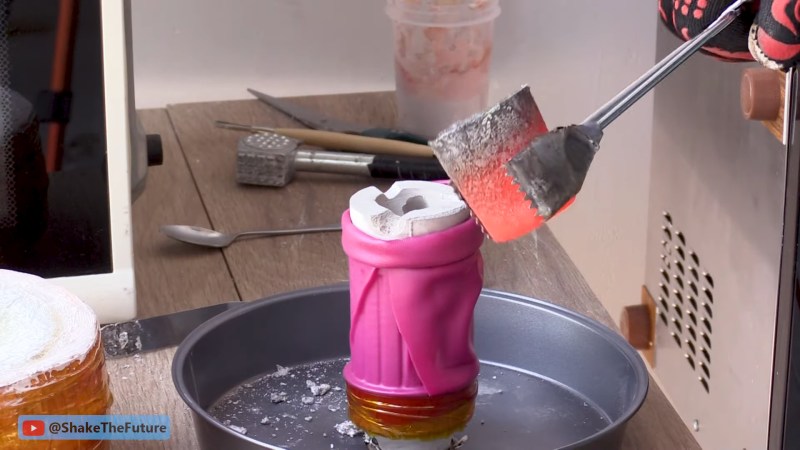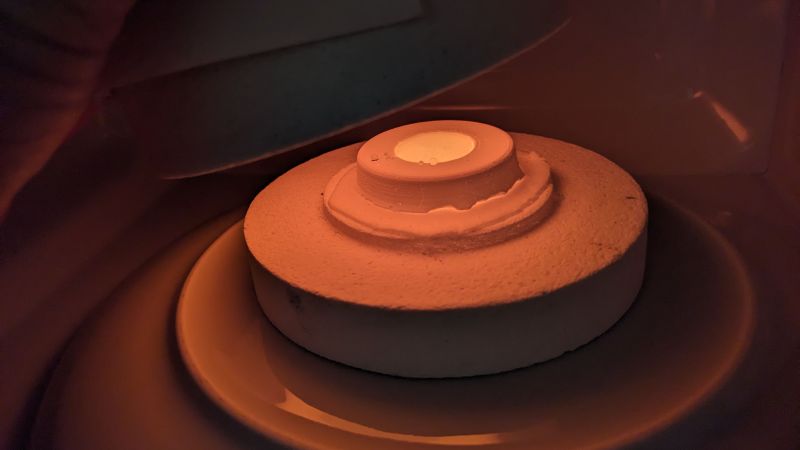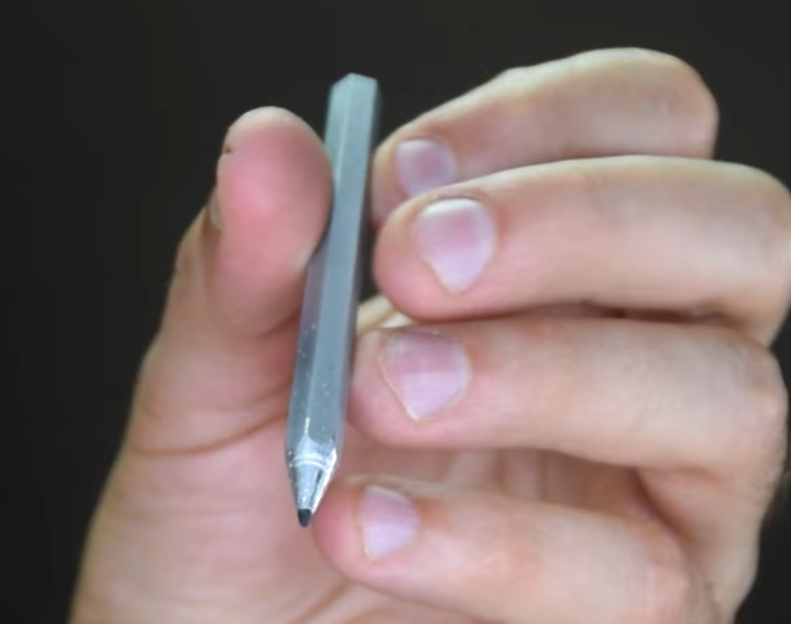For his Hackaday Prize entry, [Matt] is building a small kiln for melting metals and firing clay. He’s making this kiln out of materials anyone can acquire — dirt and a bit of nichrome wire.
Most kiln builds you’ll find on the Internet use fancy refractory bricks and other materials you may not have in your back yard. [Matt]’s project is entirely DIY, and starts with a large pile of dirt and rocks. Aftter shaking off the sifted dirt, washing the rocks, straining off the gravel, getting rid of the sand, and siphoning off the water, [Matt] has a big …read more
 Continue reading Hackaday Prize Entry: An Open Source Kiln→
Continue reading Hackaday Prize Entry: An Open Source Kiln→


